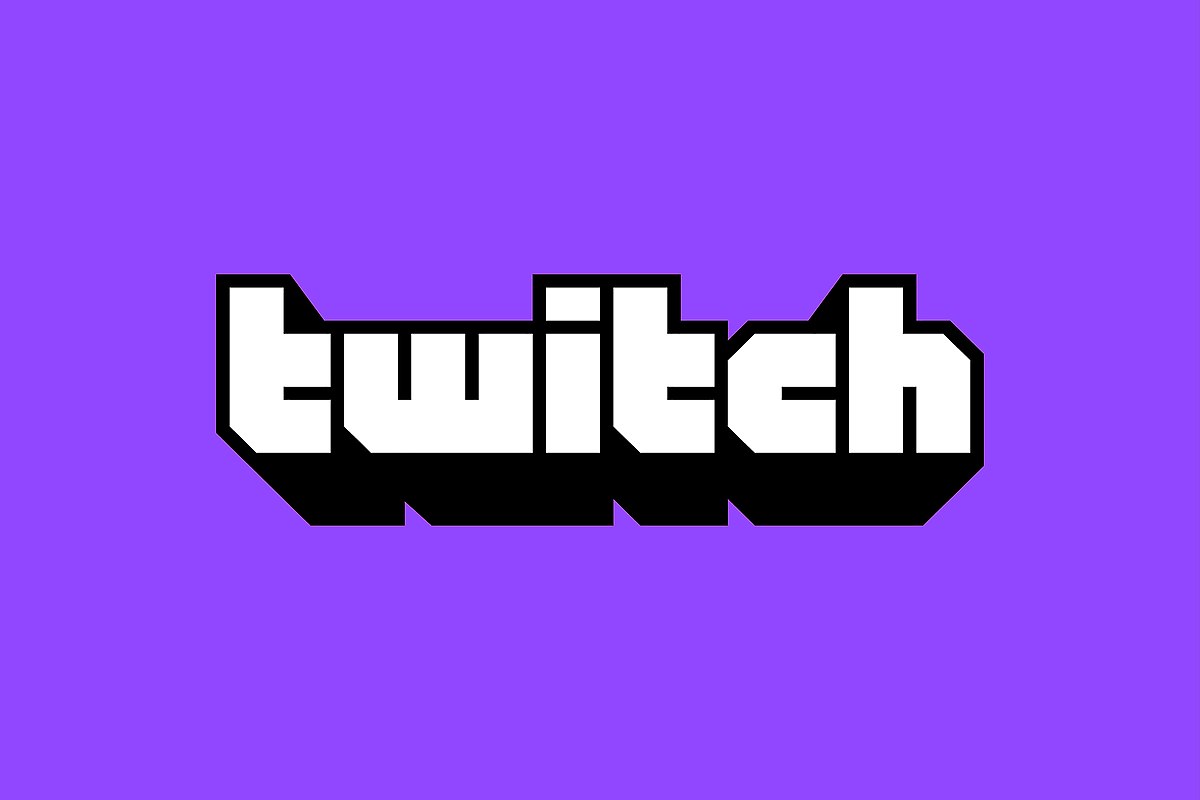
Justin Kan and Emmett Shear, the current CEO’s of Twitch, started the video streaming platform in 2007, originally under the name of “Justin.tv”. However despite being a video streaming site, which allowed for all sorts of content; the gaming section of the site grew exceptionally quicker than the other categories, resulting in a restructuring of the platform in 2011, where the gaming portion of the site was separated and renamed to “Twitch.tv”.
Since then Twitch.Tv has become the biggest live streaming video game platform, surpassing both Youtube Gaming Live and Facebook Gaming’s combined total hours watched in the 2nd quarter of 2021 (Statista, 2021)
The platform’s primary field of operation is Video Game live streaming, in which users can either be content producers as the streamer or participatory audiences as the viewer. The platform operates both as a website, and mobile app uses a video and chat room interface, in which viewers can actively send messages in real-time to communicate with the streamer. Other fields of operation include content categories such as cooking, music art or just chatting. Twitch.tv categorizes its content, via the browse section, in which users can choose which video game they would like to watch, and from there pick a streamer who is playing that game. Unlike most other typical streaming platforms, Twitch.tv operates in real-time offering a highly interactive experience to the audience, as they watch the events unfold live.
The video game streaming platform since its launch has been extremely successful and well positioned in the rapidly growing gaming industry, becoming the “go to platform for gamers” (Sheehy, 2020). Twitch.tv has seen a rapid incline in its platform growth, with figures such as average concurrent viewers increasing from ~102k in 2012, to upwards of 2.83m in 2021 (Twitch Tracker, 2021).
Following Amazon’s acquisition of Twitch interactive for US$970 million on August 25th 2014, Twitch’s net worth now sits at roughly $2.3bn as of 2020, according to Super Data.

The platform makes its money through various channels including; selling merchandise partnership deals and running advertisement videos before and during a stream is being watched. Alternatively, however, Twitch.tv also offers users, the option to Subscribe to individual streamers which removes all ads on that streamers channel as well as gives subscribers unique chat permissions such as badges that appear next to the users’ name in chat and channel specific emoticons which can be used exclusively on the platform. Twitch subscriptions come in three different tiers all at varying prices depending on the user’s geographic location, as well as give a % of the revenue earned to the streamer. Tier 1-3 subscription costs range from $7.99 – $39.99 in Australia, however, each country has slightly differing costs. Additionally, Twitch.tv also has its own on platform currency known as Bits. Bits essentially allow users “to show support, celebrate moments, and amplify their voice” (Twitch Creator Camp, 2021).
According to Dijk, who states-
“A business model is an intricate part of a site’s philosophy, which is in turn reflected in its architecture.” (Dijck, 2018, p.11)
Twitch’s revenue system which rewards both the platform and creator, can be seen as one of the leading factors for its growth as a platform, as it has enabled individuals the opportunity to make money and even a career out of something which has only been possible in this new era of the web.
Following the implications from the covid-19 pandemic, which resulted in state lockdowns worldwide, Twitch’s analytics have only seen upwards trends over these past few years. Being a platform, driven by user content creation of stay at home activities such playing video games, it has meant Twitch has been able to successfully capitalize on the bizarre global situation. In 2020, Twitch saw 140 million monthly active users, and approximately 93 billion minutes were watched a month, a 69% increase from 2019. Surprisingly, only 65% of viewers identify as male (HostingTribunal, 2021), despite the popular stigma surrounding the video game industry that it is nearly entirely all male dominated. The online gaming space typically reflects hegemonic masculinity and excludes women on a multitude of levels (Charles, 2016), Twitch as a platform however has made it a priority to actively support and endorse both its female creators and viewers.
Despite the efforts being made towards balancing the gender indifferences on the platform, Twitch in recent times has gone under social criticism due to the over sexualising content being produced on the site, as well as the level of hypocrisy in the way different streamers are treated. Written in the platform’s community guidelines, Nudity and sexually explicit content or activities… are prohibited. Sexually suggestive content or activities are also prohibited”. However certain content currently seen on twitch, suggests these guidelines are not being strictly enforced and as a result has resulted in widespread outrage both within the platform and on alternative social media sites. In particular certain content within the “just chatting” category can be explicitly seen bypassing these set out guidelines, with some female broadcasters intentionally showing off their body for views and donations. Major concerns surrounding this issue have most notably been how accessible it is for minors to access such explicit content, as well as the negative implications it is having towards other female streamers. Twitch policy states a user must be at least 13 to use the platform, and certain streams depending on the content require you to check a prompt notifying you that the stream is “intended for mature audiences only” the issue with this is that this law can be easily bypassed as there are no identification checks to prove the true age of the viewer. Due to reasons as such community outrage is increasingly intensifying.
A child aged TEN came to my stream.
Twitch is NOT meant for children, they are not allowed to be there if they're under the age of 13 minimum, and my space primarily caters to adults.
please protect minors. don't use them just as an additional viewer, please ban them.#twitch pic.twitter.com/pQxlNgKPws— Anusha Garg | Comms OPEN ☀️ (@AnushaGargTV) October 14, 2021
By @AnushaGarg TV, 14/10/2021 Attribution 4.0 International (CC BY 4.0)
Unofficial sources have speculated reasons for Twitch’s reluctance to take action against certain sexually suggestive streamers. Some have noted that it is due to the monetary gain twitch is making, which is allowing this content to continue, seeing the platforms take a percentage of all revenue made on a stream. Additionally, others have simply stated, Twitch is hypocritical acting out of the realms of their own written guidelines, allowing some content whilst banning other less damming creators, for more minor infringements. Most notably and in recent times, outrage regarding the unequal treatment of streamers broke out after popular female streamer Alinity allegedly accidentally showed partial nudity live to hundreds of viewers. Despite directly infringing Twitch’s Terms of Service, only after considerable community outrage did she receive a ban of just 24 hours.
So @alinitytwitch can
– give her cat alcohol
– throw her cat over her shoulders
– nip slip
– do suggestive positions with her dog
And not get suspended by @TwitchBut my friend can have big butt in his user name and get his account suspended indefinitely?
Twitch, explain, exp pic.twitter.com/cfytWxPW2A
— melk (@Saltymelk) August 10, 2020
By @Saltymelk, 11/09/2020 Attribution 4.0 International (CC BY 4.0)
Despite the community’s concern towards certain operations within the platform, the live streaming service is still widely used and appreciated by millions worldwide. Twitch continues to grow at a staggering rate, and considering the current position of the gaming industry, all future trends suggest this growth isn’t slowing down anytime soon. By successfully using a business model which directly rewards its content creators, the platform has managed to become a career for thousands of individuals whilst also operating as a free-to-use entertainment platform audiences can enjoy.
References:
Van Dijck, J., Poell, T. & de Waal, M. (2018) The Platform Society. Oxford: Oxford University Press, pp. 9 (‘The Platform Society as a Contested Concept’).
Charles, C. D. (2016). Keeping Quiet: Investigating the Maintenance and Policing of Male-dominated Gaming Space. United States: University of Central Florida.
Clement, J. (2021) Hours watched on leading gaming live stream platforms Q2 2021. Statista. Retrieved 13th October 2021, from https://www.statista.com/statistics/1030795/hours-watched-streamlabs-platform/
Sheehy, K. (2020). How to Make Money on Twitch. Nerd Wallet
Twitch Tracker. (2021). Twitch Statistics & Charts. Retrieved 13th October 2021, from https://twitchtracker.com/statistics
Iqbal, M. (2021). Twitch Revenue and Usage Statistics (2021). Retrieved from 14th October 2021, from https://www.businessofapps.com/data/twitch-statistics/
Twitch. (2021). Bits and Subscriptions. Retrieved from 14th October 2021, from https://www.twitch.tv/creatorcamp/en/get-rewarded/bits-and-subscriptions/
Galov, N. (2021). 28 Streamline Twitch Statistics For 2021. Retrieved from 14th October 2021, from https://hostingtribunal.com/blog/twitch-statistics/#gref